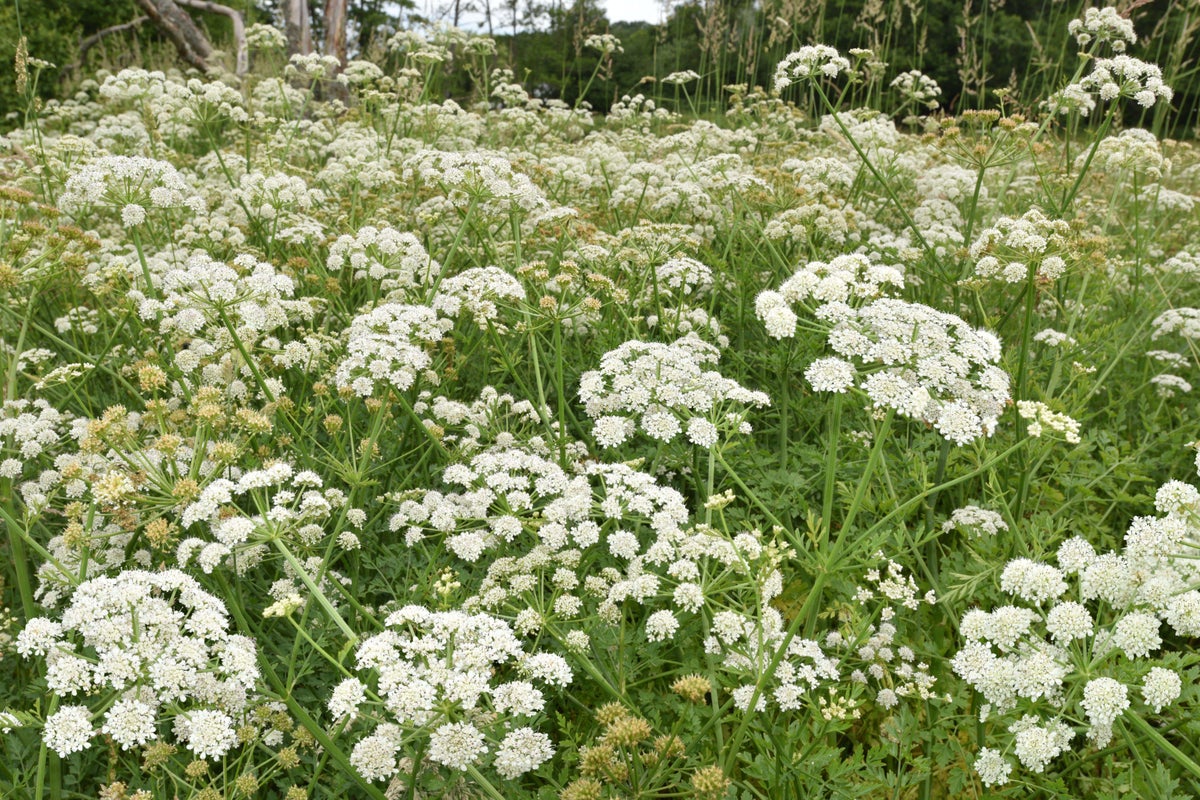Deadly Plants: The Hidden Dangers of Nature That Could Turn Your Garden into a Graveyard of Misguided Foraging and Ignorance
For gardeners and foragers, the allure of nature often comes with the promise of fresh produce, vibrant flavors, and a connection to the earth. However, lurking among the familiar flora are deadly plants that can pose significant risks to the untrained eye. The dangers of misidentifying edible plants are not just a matter of a bad meal; they can lead to severe illness or even death. This article delves into the lethal species that resemble benign plants and the implications of foraging without proper knowledge.
One of the most notorious groups of toxic plants includes those that bear a striking resemblance to carrots. The wild carrot, or Queen Anne’s Lace, is often mistaken for its toxic counterpart, poison hemlock. Poison hemlock, known for its historical association with the death of Socrates, contains alkaloids that can cause respiratory failure and death. Gardeners must be vigilant, as these two plants can grow side by side, often leading to tragic mistakes. The key distinguishing feature is the root; while wild carrot has a white, edible taproot, poison hemlock’s root is fleshy and has a foul odor.
Similarly, wild garlic is another plant that can lead to confusion among foragers. While the edible wild garlic has a distinct smell that can help identify it, it can be easily confused with the highly toxic lily of the valley. The latter contains cardiac glycosides that can lead to serious heart issues if ingested. The danger lies in the fact that these plants often grow in similar habitats, making it crucial for foragers to be well-informed about their surroundings.
The rise in popularity of foraging has led to an increase in the number of people venturing into the wild to gather food. While this trend promotes sustainability and a connection to nature, it also raises concerns about safety. Many novice foragers lack the knowledge required to identify toxic plants accurately. This lack of education can lead to serious consequences, as the consumption of even a small amount of a toxic plant can have dire effects.
Historically, the consequences of misidentifying plants have been severe. There are numerous accounts of families suffering from poisoning after consuming what they believed to be safe food. The tragic story of the 1993 case in the United States, where a family consumed a toxic mushroom they had foraged, serves as a stark reminder of the potential dangers. The mushroom, which resembled a common edible variety, led to multiple hospitalizations and one death. Such incidents highlight the importance of education and caution when foraging.
In addition to the immediate health risks, the presence of toxic plants in the environment raises broader ecological concerns. The introduction of non-native species can disrupt local ecosystems, leading to a decline in biodiversity. For instance, the spread of poison hemlock has been linked to changes in local plant communities, as it outcompetes native species for resources. This not only affects the plants but also the animals that rely on those plants for food and habitat.
The conversation around foraging and gardening is further complicated by cultural perceptions of nature. In many societies, there is a romanticized view of the wild as a bountiful source of food. This perception can lead to a disregard for the potential dangers that exist in nature. The idea that all wild plants are safe to eat is a dangerous myth that can have fatal consequences. Education and awareness are crucial in dispelling this myth and promoting safe foraging practices.
Moreover, the rise of social media has contributed to the spread of misinformation regarding foraging. Many individuals share their foraging experiences online, often without proper knowledge or expertise. This can lead to a proliferation of incorrect information, putting more people at risk. The allure of social media can create a false sense of security, encouraging individuals to forage without adequate preparation or understanding of the plants they encounter.
To combat these dangers, educational initiatives are essential. Workshops, guided foraging tours, and community classes can provide valuable information to those interested in foraging. By teaching individuals how to identify toxic plants and understand their ecosystems, we can foster a culture of safety and respect for nature. Additionally, resources such as field guides and mobile applications can aid in plant identification, helping to bridge the gap between curiosity and caution.
As the trend of foraging continues to grow, it is vital to acknowledge the risks involved. The dangers posed by toxic plants are not merely academic; they have real-world implications that can affect individuals and communities. By fostering a culture of education and respect for nature, we can ensure that foraging remains a safe and rewarding practice for generations to come. The balance between enjoying the bounty of nature and recognizing its dangers is delicate but essential for the well-being of both people and the environment.




